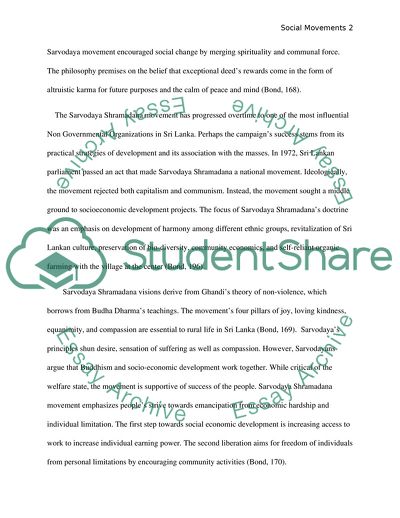Cite this document
(Secularization and Fundamentalist Reactions Essay Example | Topics and Well Written Essays - 2250 words, n.d.)
Secularization and Fundamentalist Reactions Essay Example | Topics and Well Written Essays - 2250 words. https://studentshare.org/history/1772858-secularization-and-fundamentalist-reactions
Secularization and Fundamentalist Reactions Essay Example | Topics and Well Written Essays - 2250 words. https://studentshare.org/history/1772858-secularization-and-fundamentalist-reactions
(Secularization and Fundamentalist Reactions Essay Example | Topics and Well Written Essays - 2250 Words)
Secularization and Fundamentalist Reactions Essay Example | Topics and Well Written Essays - 2250 Words. https://studentshare.org/history/1772858-secularization-and-fundamentalist-reactions.
Secularization and Fundamentalist Reactions Essay Example | Topics and Well Written Essays - 2250 Words. https://studentshare.org/history/1772858-secularization-and-fundamentalist-reactions.
“Secularization and Fundamentalist Reactions Essay Example | Topics and Well Written Essays - 2250 Words”. https://studentshare.org/history/1772858-secularization-and-fundamentalist-reactions.


